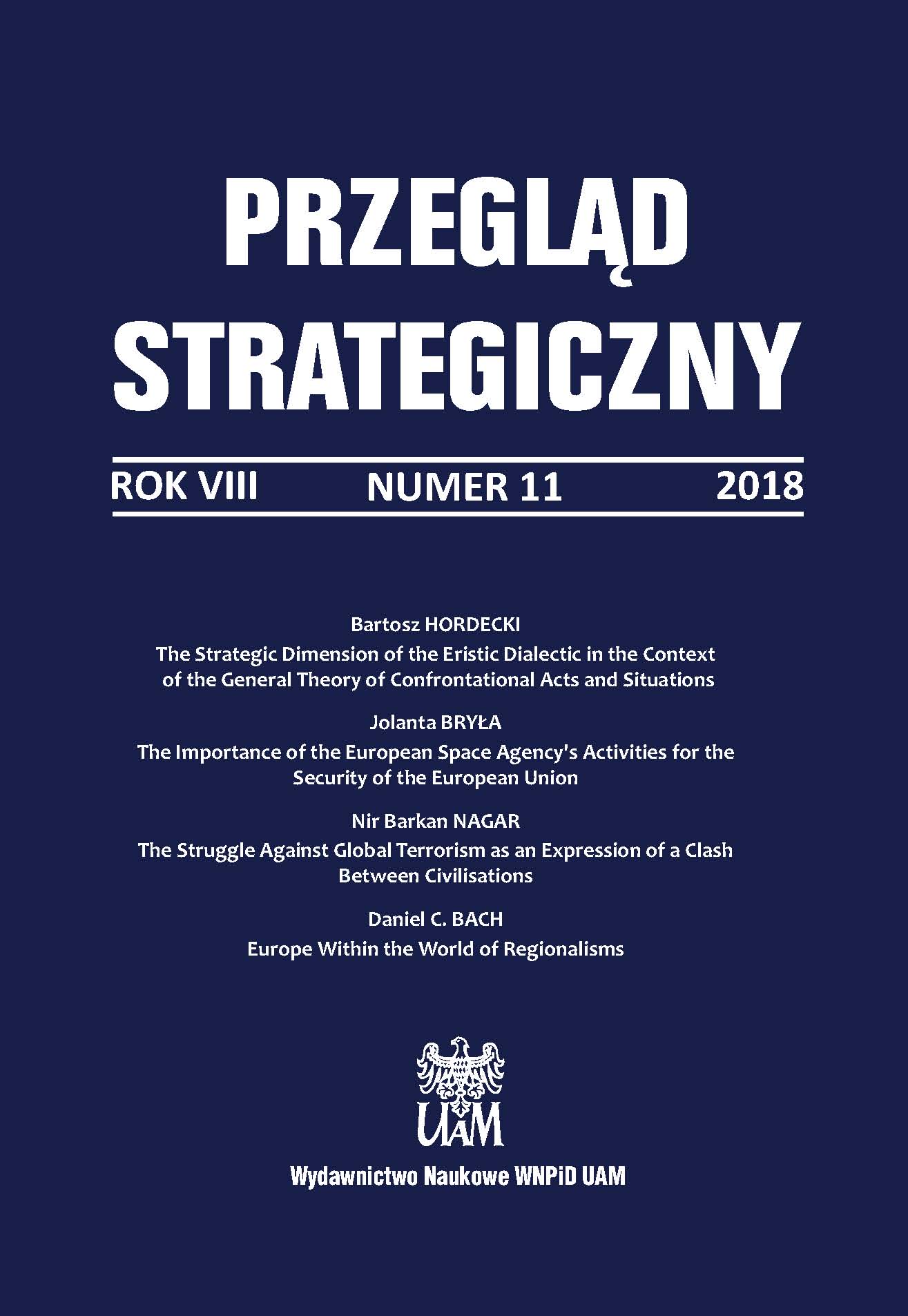The Change of Russian Political Regime from the “White Revolution” to Presidential Election (2012-2018)
The Change of Russian Political Regime from the “White Revolution” to Presidential Election (2012-2018)
Author(s): Roman Bäcker, Joanna RakSubject(s): Politics, Sociology
Published by: Uniwersytet Adama Mickiewicza
Keywords: political regime; authoritarianism; totalitarianism; Putin’s Russia
Summary/Abstract: How did Russian political regime change after the “White Revolution”? The article makes a methodological, theoretical, and empirical contribution to the field of studies on the dynamics of non-democratic regimes, and especially the nature of the alterations within Putin’s Russia. The research field is the Russian political system determined by its three aspects: structure of political institutions, political awareness of public issues, and political mobilization between the “White Revolution” and the beginning of Putin’s fourth term. The paper solves the research problems by employing the qualitative analysis of sources and drawing on the critical analysis of the recent news. The analysis benefits from the use of Roman Bäcker’s analytical device, a theoretical framework made of the three continua whose extreme points are the indicators of authoritarianism and totalitarianism respectively. The research tool is to identify the essential features of Putin’s political regime. According to this model, bureaucracy or siloviki, emotional mentality, and social apathy are typical of authoritarianism. In turn, state-party apparatus, totalitarian gnosis, and controlled mass mobilization are the symptoms of totalitarianism. This article researches how the Russian political regime evolved from the “White Revolution” to the beginning of Putin’s fourth term. It tests the hypothesis that the system most likely evolved from a soft to hard military authoritarianism. The regime might have moved towards a hybrid regime made of the elements of authoritarianism and totalitarianism. It formulates the conclusion the Russian political regime is a hard military authoritarianism. After the fall of the “White Revolution”, most notably after the annexation of Crimea, few totalitarian elements were visible, mostly in the sphere of social awareness in the form of totalitarian political gnosis. In addition, the indicators of totalitarianism started to disappear from September 2014, especially the elements of totalitarian gnosis in the political discourse.
Journal: Przegląd Strategiczny
- Issue Year: VIII/2018
- Issue No: 11
- Page Range: 143-155
- Page Count: 13
- Language: English

